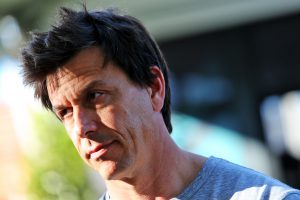Up Next

Racing Point’s brakes would not have been able to complete a reversed-grid qualifying race and a full grand prix at the Red Bull Ring, says team boss Otmar Szafnauer.
Formula 1 lobbied for a reversed-grid qualifying race on the Saturday of the second Red Bull Ring event to differentiate the two rounds at the Austrian circuit, which is hosting a double-header to help the season start amid the coronavirus pandemic.
Reverse championship order would have set the grid for the qualifying race on Saturday, with that result setting the grid for Sunday’s Styrian Grand Prix, but the proposal required unanimity and was rejected by Mercedes.
How reversed-grid would’ve looked this weekend
1 Verstappen (Red Bull)
2 Ricciardo (Renault)
3 Stroll (Racing Point)
4 Magnussen (Haas)
5 Grosjean (Haas)
6 Russell (Williams)
7 Raikkonen (Alfa Romeo)
8 Albon (Red Bull)
9 Kvyat (AlphaTauri)
10 Latifi (Williams)
11 Vettel (Ferrari)
12 Giovinazzi (Alfa Romeo)
13 Ocon (Renault)
14 Gasly (AlphaTauri)
15 Perez (Racing Point)
16 Sainz (McLaren)
17 Hamilton (Mercedes)
18 Norris (McLaren)
19 Leclerc (Ferrari)
20 Bottas (Mercedes)
Several cars encountered brake reliability problems at the opening race, with both Haas drivers retiring with brake problems and Pierre Gasly’s AlphaTauri suffering an issue as well, albeit caused by debris in the braking system.
F1 never got as far as outlining the practical rules of how the revised format would work but Szafnauer said the existing ‘parc ferme’ conditions that restrict changes between qualifying and the race would have been a problem for his team.
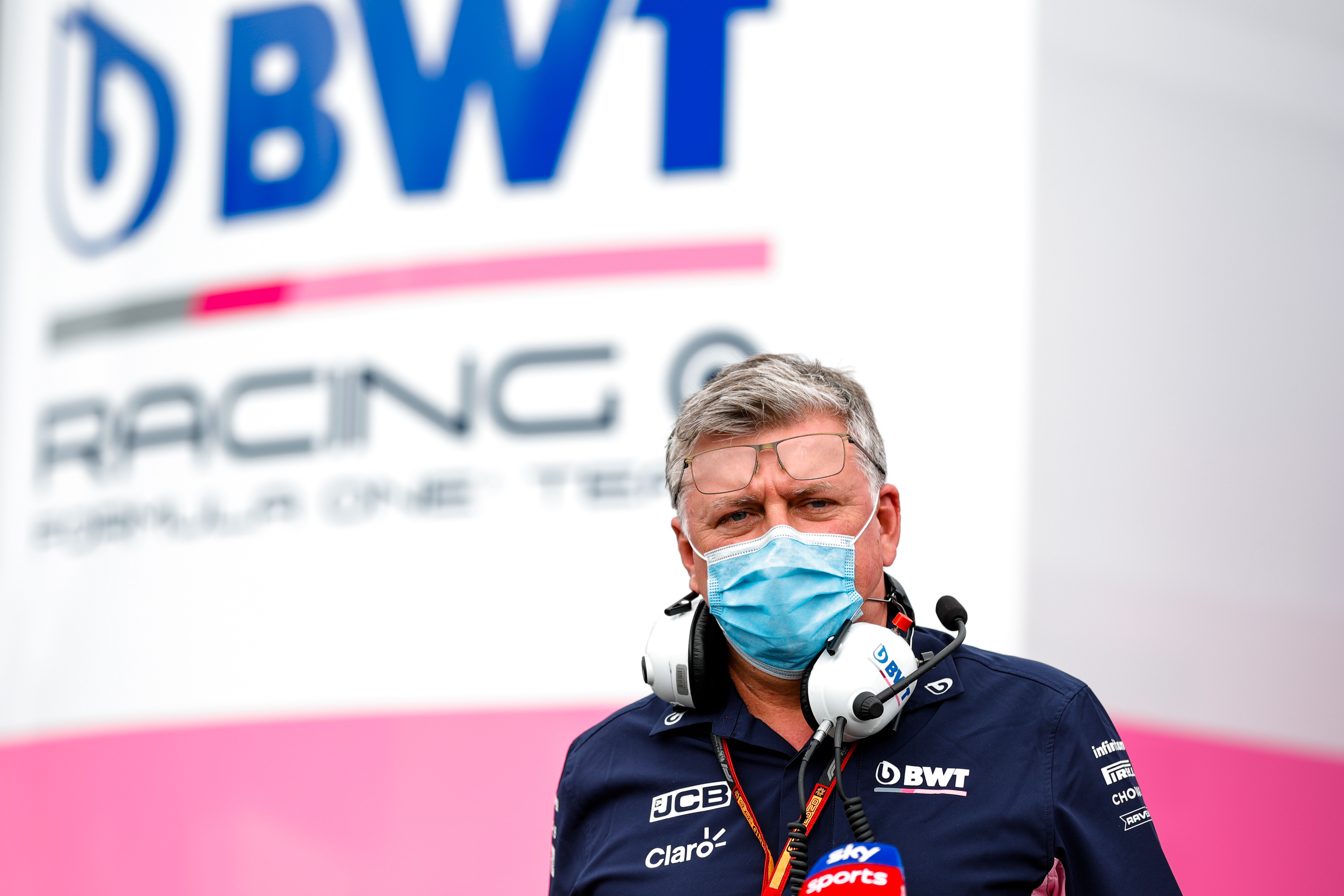
“We discussed the reverse grid qualifying and as you saw, even last weekend this track can be really hard on brakes, I think we saw perhaps some brake failures,” he said when asked by The Race if it was a missed opportunity.
“And, unfortunately, to have a reverse grid, and then go into parc ferme, and then have another race for example, our car wouldn’t have been able to do that – to have a short race and then with the same car finish a[nother] race.
“So, I think those types of decisions have to be made early enough before the design process starts, such that you can design the car for those parameters.
“As far as was it a missed opportunity I think the weather will show us that although it’s the same track we’re going to have two different races here.”
Max Verstappen’s early retirement last week means he would’ve started a reversed-grid qualifying race from pole for Red Bull, with Daniel Ricciardo’s Renault alongside and Lance Stroll’s Racing Point alongside.
The back row would’ve comprise Charles Leclerc’s Ferrari and the Mercedes of Valtteri Bottas.
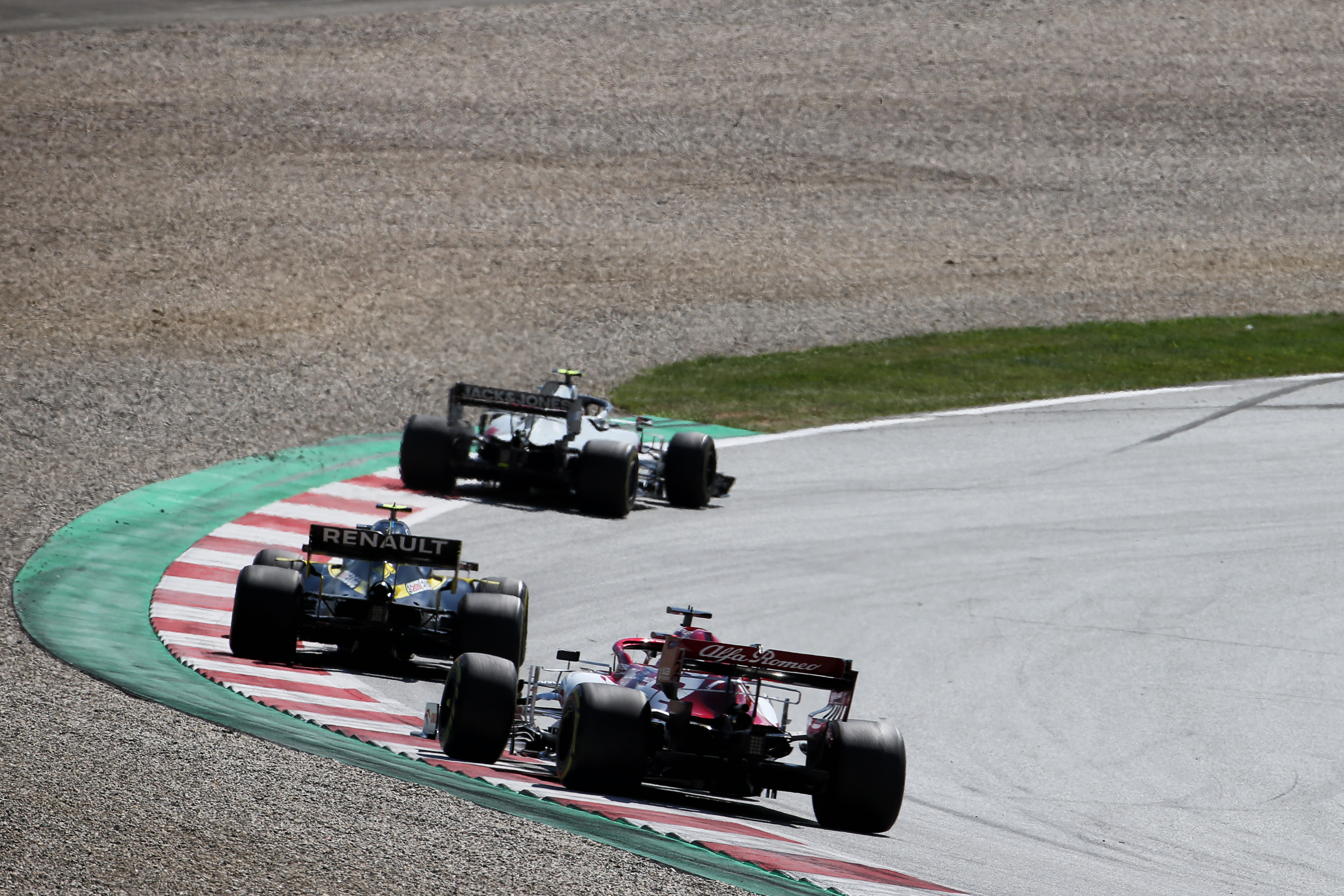
Alfa Romeo team boss Frederic Vasseur, responding to a similar question from The Race, said the grid would have been manipulated by teams retiring cars if not in contention for points.
“To base the classification on the result of race one would have been a bit difficult, because you can be at the temptation to stop the race if you are not in the points,” he said.
“I was positive for this for the rest of the season, for Silverstone [which is also holding a double-header] and if we do another double event later into the season.
“I think it was an opportunity, a good opportunity, it’s also part of the skill of the drivers to be able to overtake.
“But let’s see for the future, we have tons of things to sort out this season.”
Haas team boss Guenther Steiner, whose drivers would have lined up fourth and fifth, said the issue of teams ‘gaming’ the system by retiring from the first race could have been avoided by using last year’s reverse championship order.
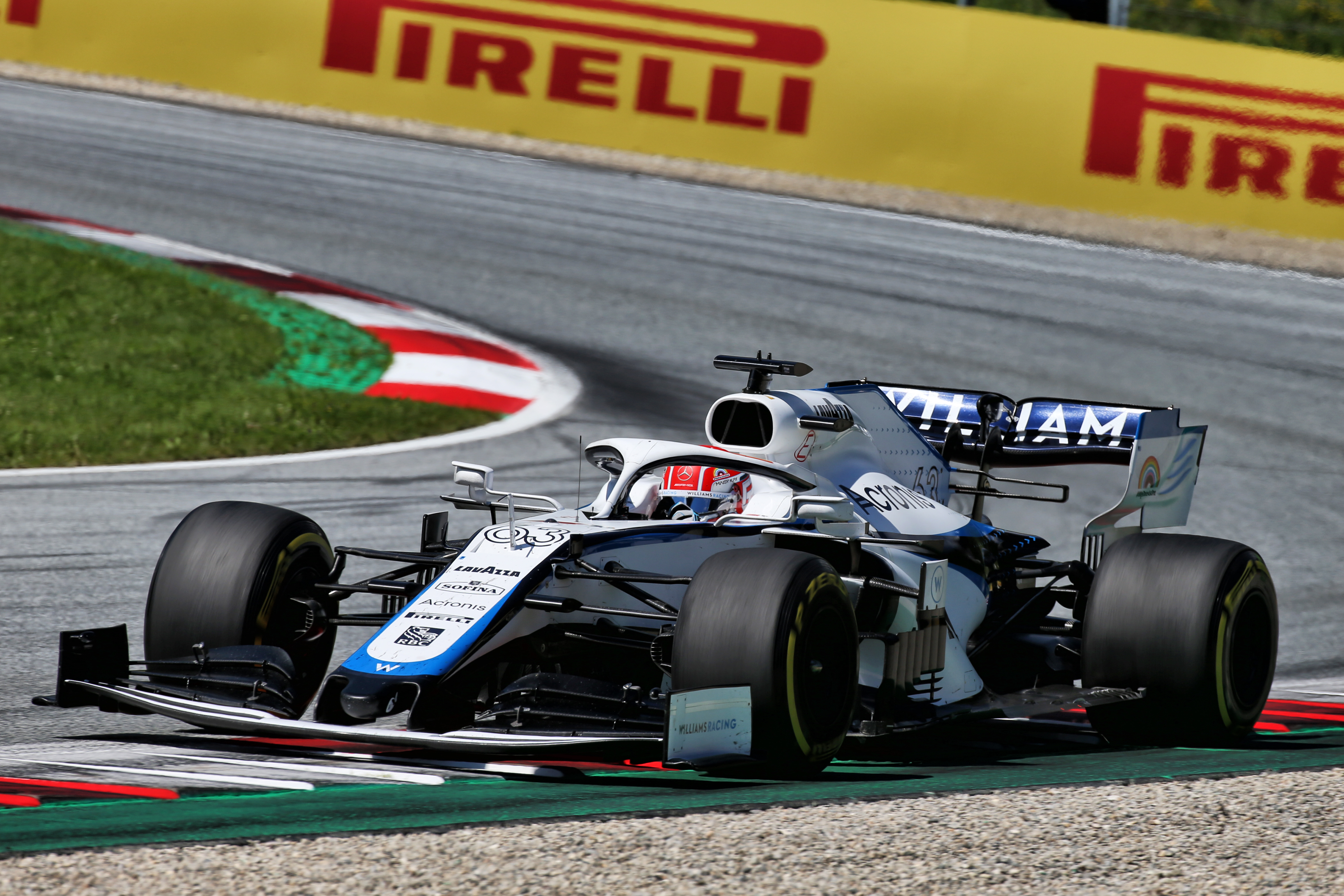
Without factoring in where rookie Nicholas Latifi would be positioned on the grid that would have meant Williams driver George Russell on pole alongside Haas driver Romain Grosjean.
“We should have done it, it would have been difficult because it’s the first race but you could have used the standing from last year’s world championship to start the qualifying race or something like this,” said Steiner.
“Hopefully it comes back on the agenda that we do this, and if it doesn’t work we need to be brave enough to say it didn’t work and go back to what we know from before.
“So sometimes trying helps because there’s not a lot we can lose.
“I hope it comes back and we try it and then we know, and then we’re not sitting here speculating is it a missed opportunity.
“We did it, it worked or it didn’t, and we move on and come up with the next good idea if this didn’t work.”
Last weekend’s chaotic grand prix means the Styrian GP is highly unlikely to be a repeat of the first, which was F1’s chief concern.
In addition, as Szafnauer referred to, thunderstorms are expected to hit the area on Saturday, likely changing qualifying entirely and having another impact on the second event.
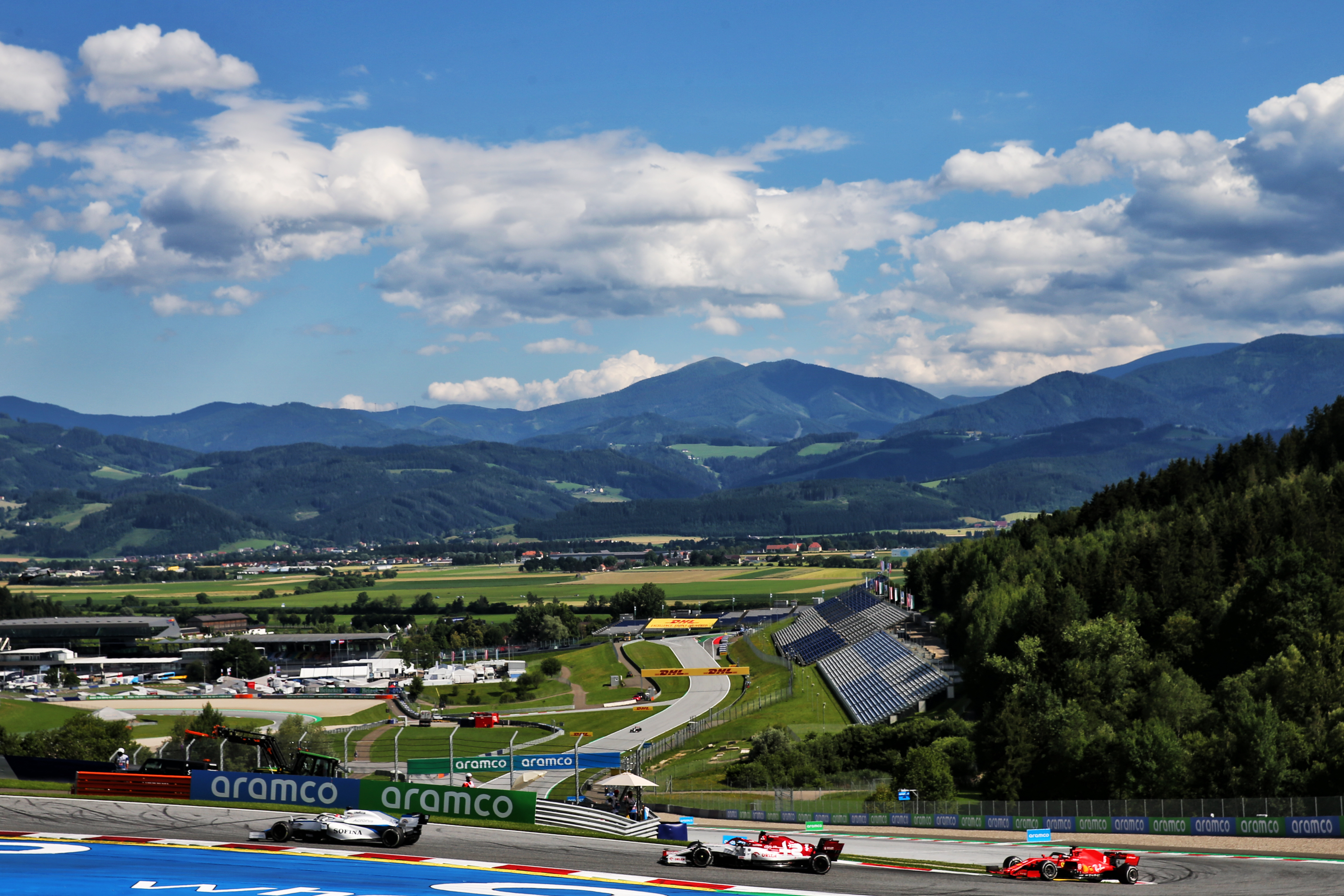
“For somebody that for many years has always been talking and espousing the real DNA of our sport, funnily enough, I was fairly in favour of the reverse grid,” said Williams deputy team principal Claire Williams.
“But maybe that would come as no surprise. I would have loved to have seen a Williams line up on pole.
“But it does go against I think the true DNA of our sport and I’m not a person that actually thinks that Formula 1 needs these kind of gimmicky things, I suppose, if I can call them that, to make the sport more exciting.
“I think that the sport is incredibly exciting. I think pretty much every race we go to delivers some incredibly exciting racing and I think, Austria, the first race last weekend, did exactly that.
“And I’m sure, with the weather conditions that we’re anticipating over the next 24 hours, it could be a very different race that we’ll have on Sunday as well.”



